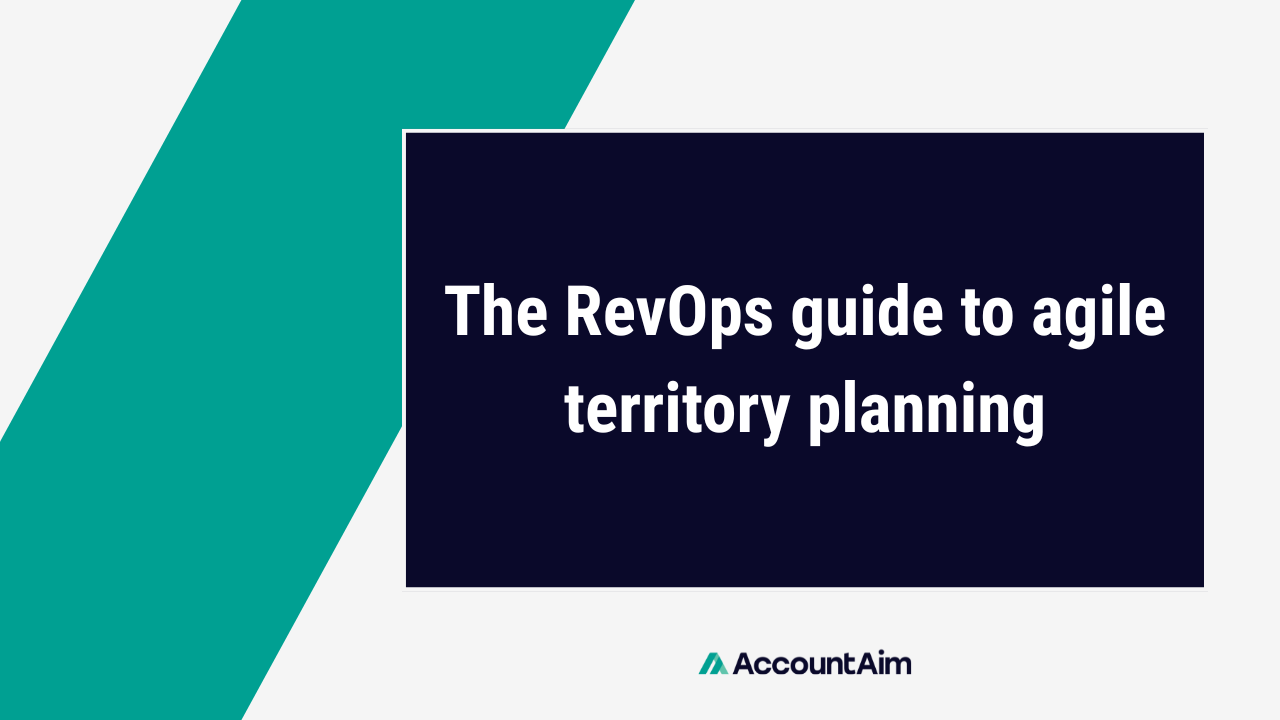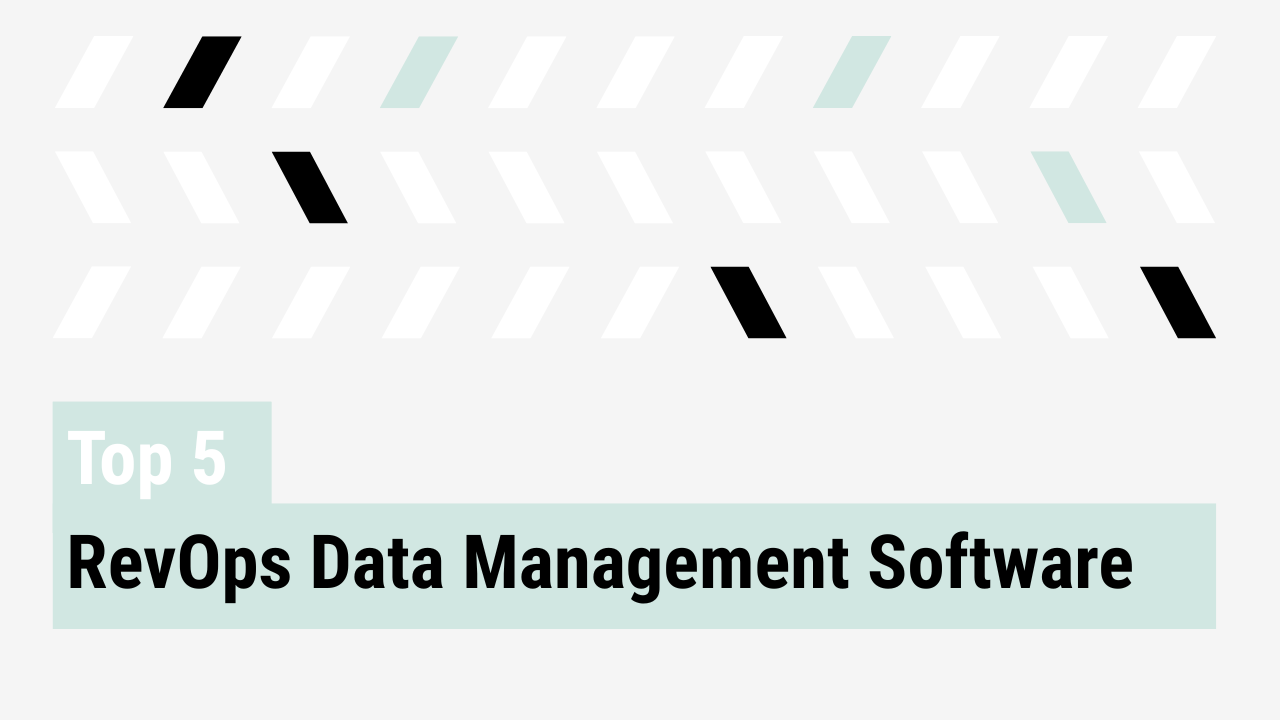In a market that shifts monthly, why do so many GTM teams still plan territories annually? Static territory planning is more than outdated, it slows growth. If you’re aiming for strategic impact, it’s time to treat territory planning as a living process. Welcome to agile territory planning.
This article outlines how to make that shift. Agile territory planning uses rolling territory and book update reviews to stay in sync with market changes. The result: better market coverage, faster rep ramp, and tighter execution across sales, marketing, and CS.
Why static territory planning is broken
Annual planning doesn’t consider a continuously changing world. Headcount shifts. ICPs evolve. Reps leave or ramp faster than expected. Market signals don’t wait for fiscal calendars. When territories only reset once a year, your GTM teams are stuck selling into yesterday’s plan.
The downside:
- Uneven coverage leads to missed pipeline
- Market shifts go unaddressed
- Reps waste time on mismatched accounts
What teams need now is a way to adapt planning to market conditions quickly, confidently, and with structure.
The case for agile territory planning
Agile territory planning revolves around two recurring practices:
- Rolling territory reviews (RTRs): Strategic checkpoints every 30–90 days to rebalance territory assignments based on pipeline velocity, rep coverage, and market engagement
- Book update reviews (BURs): Operational workflows to adjust rep books in real time when headcount, account fit, or market conditions change
RTRs and BURs are structured, repeatable processes, just like sprints in product. For RevOps leaders, they provide the operational framework to stay proactive rather than reactive. Scenario planning templates and real-time dashboards fuel decisions with evidence. This shift from anecdotal to analytical enables faster adjustments, clearer prioritization, and builds the credibility needed to influence executive strategy.
What makes agile territory planning work
Execution depends on infrastructure. Specifically, the kind of infrastructure that supports speed, accuracy, and cross-functional visibility. For RevOps leaders, this infrastructure is what transforms planning from reactive reporting to strategic control. Each component below plays a critical role:
- Real-time TAM segmentation: Ensures you’re always working from a current view of your market. Segmentation by behavior, ICP fit, and geography lets you react quickly when demand shifts or new segments emerge.
- RevOps dashboard automation: Provides daily visibility into territory health, pipeline coverage, and rep bandwidth. This reduces lag in decision-making and allows for ongoing alignment across sales, finance, and marketing.
- Scenario planning templates: Give leaders the ability to test and validate changes before deploying them. Whether adding reps, shifting accounts, or reallocating regions, templates enable fast modeling with minimal disruption.
Without this infrastructure, agile planning collapses under manual effort. With it, RevOps becomes a proactive force that helps drive precision, performance, and executive trust.
Tools like AccountAim can layer on top of Salesforce and existing data systems. The lift is less about technology and more about discipline.
Building the right process and culture
Agile planning is more than just a RevOps initiative. Sales leaders must co-own book reviews. Finance should align on capacity planning. Marketing needs visibility into account coverage.
That’s why leading orgs embed rolling operational planning reviews (ROPRs) into their cadence. ROPRs provide a regular forum for cross-functional leaders to align on market dynamics, resource allocation, and strategic adjustments. They force visibility across silos and create shared accountability for execution. When territory planning is treated with the same rigor and cadence as pipeline review, GTM performance becomes more agile, coordinated, and effective.
And all that requires space to learn.
“You’re never going to learn a new tool or skill in your 15-minute time blocks between meetings. You have to literally create the space—to step back and learn how to do things better.”
-Hannah Wendt, director of RevOps at NoFraud
Agile planning is a growth unlock
Agile territory planning is a signal of strategic maturity. It tells your executive team that you’re planning ahead and in sync with the market.
For RevOps leaders looking to elevate their role, this is how you do it. Territory planning is a strategic rhythm that can help you level-up.



